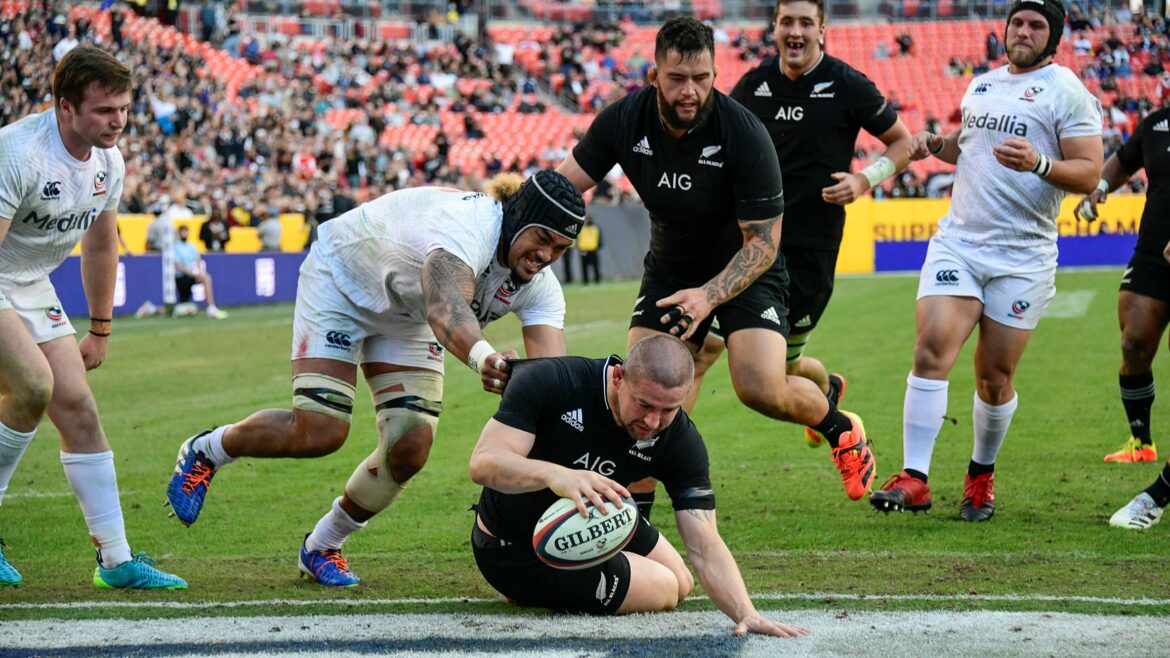It’s already fair to say that in recent years the sport of rugby union has grown significantly in popularity in America. You only need to go back a couple of decades to see just how different the situation is today; club numbers and participation was in the low thousands, but it’s now in the hundreds of thousands now. What’s more, a recent study has said rugby union is the fastest growing sport in the US particularly within its college system.
However, despite this positivity, there’s still work to be done to truly push rugby union into the limelight and make its popularity more widespread across the states – especially as the country is set to host the Rugby World Cup in 2031. Here, we take a look at what action and steps America’s sporting bodies could take to help make the RWC a real success.
Improve the national and league sides
Long before Japan hosted the Rugby World Cup in 2019, its sports bodies sought major sponsorships and investment to improve the quality of its national leagues to then also bring through better players for the national side. This was by and large a success and is something American rugby needs to work on emulating and ultimately improving. As this article from the42 explains ‘the men’s US team is far from being a force in Test rugby and it’s clear that a strong host nation would help hugely in selling the 2031 World Cup’.
Although the same article quotes World Rugby CEO, Alan Gilpin, who claims there will be some external support available to facilitate this:
“The first thing we have to do is give some real certainty to the US teams around what the next few years look like and start to build the competitiveness of those teams.
“So significant investment in high performance, performance pathways, the community game, and bringing a lot of stakeholders with us – we can’t do it on our own.”
Invest in more grassroots
Another approach – again similar to what Japan has done – is to invest more at grassroots level to motivate younger generations and drum up more interest to grow and nurture. This was championed by American fly-half Will Hooley in an article with the Guardian:
“It will be no easy task but we know it is down to us to fuel the growth of USA Rugby and to try to inspire the next generation. Kids will have fresh motivation to play at grassroots level and will grow up even keener to play for their country. Throw in a future Rugby World Cup on home soil and the so called “sleeping giant” of USA Rugby will be wide awake.”
Bridge the gender gap
America will also hold the Women’s Rugby World Cup in 2033 and World Rugby has said this will present a great opportunity to tap into the female demographic and stimulate more awareness and engagement with the game. This was echoed by USA Rugby’s CEO, Ross Young, who, when speaking with SportsProMedia, compared this approach to what happened with the FIFA World Cups of 1994 and 1999:
“In such a sports-rich environment as the US, when you go back to the World Cup in 1994, and the women’s one in 1999 when they went on to win it, they allowed soccer to kick on in the US.”
He went on to discuss how the they will treat the two events as one long and continued one to keep fans of all genders interested:
“We really want to make them joint events, so that we can spread [rugby] and use the same philosophies about utilising big venues and spreading the word in key areas around the US… he big upside of hosting a major event for a lot of these cities is not just what goes on inside the venue. It’s all the ancillary events, fan zones, music, concerts, the activities that go on that help for the days around the event and the event itself.”
Work to be done
There has already been some traction on these initiatives, but there is still work to be done, especially as America failed to qualify for this year’s tournament in France.
This was a missed opportunity – to say the least – to showcase the side’s talents in what would’ve been some marquee rugby fixtures on the world stage. But, on the positive side, it will give USA Rugby more time to focus on making the sport bigger on home soil. The hope is they make good on their intentions and 2031 and 2033 will be the biggest events in the sport’s history.




